The winter season exhibition of Taikang Space 2012 brings our sight to the land of North China in late 1940s. Opening on 20th Dec. 2012, exhibition Rural North China 1947—1948 will show the village’s daily life and China’s turbulent revolution. The photographs by Crook couple, Wu Qun and Gao Liang then and there based on different backgrounds and purposes not only provides images for memory but also trigger the thinking on how the present is shaped and deeply influenced by the history. We are trying to reactivate these archives in the contemporary art researchcategoriesand keep focusing on “land”, the profound subject continuously. As an in-depth practicing on one of our concepts “retrospection”, the exhibition also coincides with Taikang Space’s attention on history and latest practice of photography.
Ten Mile Inn: Rural Life Before and After Land Reform in North China
Photography: David Crook; Commentary: Isabel Crook
In late 1947, David and Isabel Crook arrived at the village of Ten Mile Inn in Jinjiluyu Liberated Area via Hong Kong and Tientsin. They returned to China because of their profound affection for this country. They wished to observe and even participate in China’s turbulent Revolution. Mr. and Mrs. Crook spent 8 months carrying out socio-anthropological field work in the village and co-authored two books on Ten Mile Inn. These two volumes which made no attempt to follow academic norms not only became important works for the West to understand China’s Revolution, but also prompted a series of works about China.
Approximately 700 photos of this village taken by Mr. Crook were repaired and cataloged meticulously over the last 12 months. These images not only recorded a series of historical events including land reform and CPC rectification, but also recorded the everyday life of this village, including ceremonial activities like festivals, rituals of ancestor worship, weddings, funerals, etc. and further revealed the traditional economic structure and cultural system in Rural North China through skilled anthropological observation.
The process of exploring these photos was also undertaken as a tribute and response to Mr. and Mrs. Crook’s observations and writing in 1948. It is the outcome not only of reflections on China’s revolution through 49 oral interviews with Mrs. Crook, but also visits made to this changing village 64 years later. It is the outcome of dialogue and academic discussion between members of two generations separated by seventy years, embodying passion and reflection on China’s issues.
Land Reform: Narrative and Representation of the Chinese Revolution
Photography: Gao Liang, Wu Qun
Wu, Qun (1923-1996)served as Communications Officer in the Publicity Division of the Political Department of the Second Sub-District of Jinchaji Liberated Areas, served as Special Correspondent of Jinchaji Daily and Against the Enemy Journal. He was appointed photographer of Jinchaji Pictorial in 1944, and took part in the sieges of Hunyuan, Yanggao and Taiyuan. He served as Deputy Director of Huabei Pictorial in 1949, Senior Deputy Editor of PLA Pictorialand was in charge of photographic work in Korean War during 1951 -1952. After 1958, he was appointed Secretary-General of China Photographers Association and Chief Editor of Dazhong Photography.
Liu Shaoqi Giving a Speech at the Land Reform Conference is one of the best-known photos among images of the Land Reform. Wu Qun has also photographed the land reform in Fuping’s Nanzhuang, Dingxian New District and Zhengding district in Jizhong from July to December in 1947.
Gao, Liang (1921-2006)served as secretary for Yang Chengwu Independent Regiment in the War of Resistant Against Japan and Deputy Political Commissar of Detachment in Laiyuan in Jinchaji Liberated area. Starting his photography career in December 1944, he recorded the counter offensive in Jizhong military district, the battles of Zhengtai and Luancheng, the Qingcang Campaign, the Daqinghe Battle, the Ping-Han Railway Sabotage Campaign, and Liberation of Beiping, etc. After 1955, he served as Chief Photographer in People’s Daily.
People who got a share of the Land, taken in Hebei, June 1948.

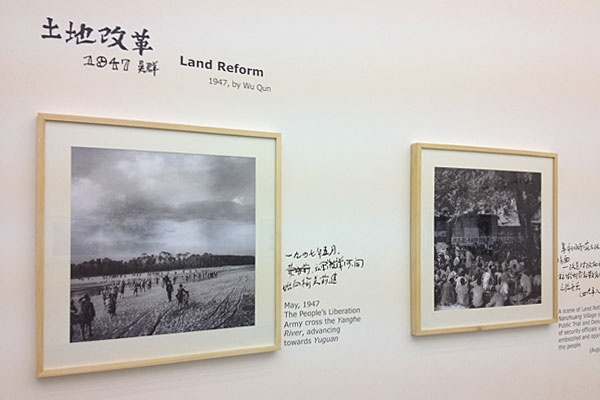 Exhibition view
Exhibition view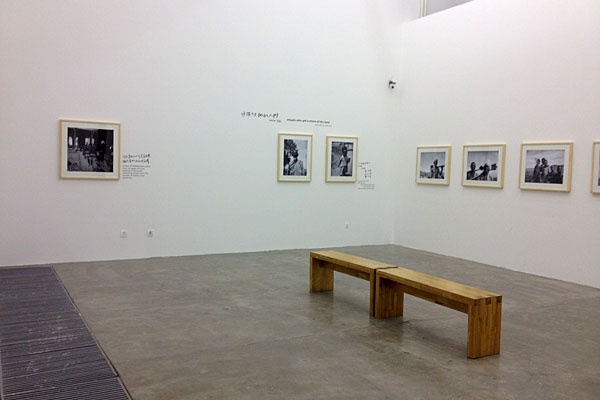 Exhibition view
Exhibition view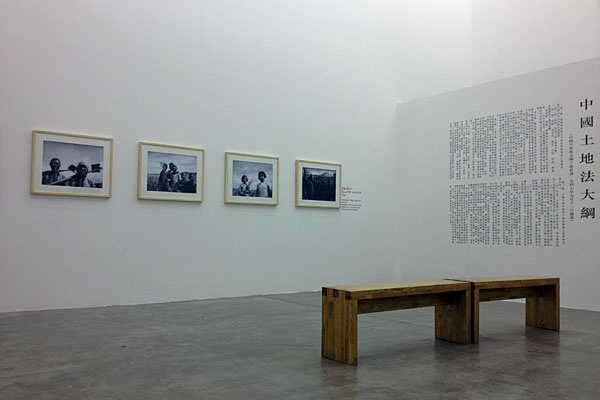 Exhibition view
Exhibition view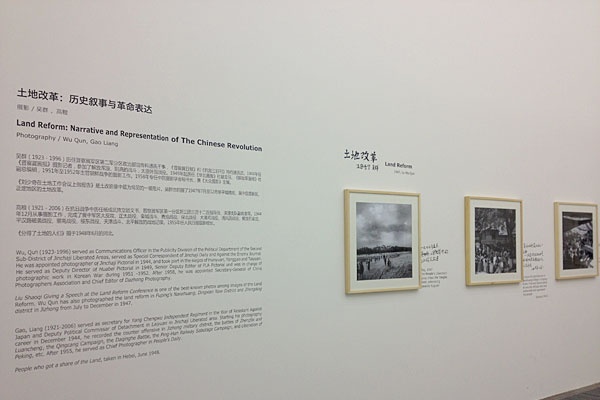 Exhibition view
Exhibition view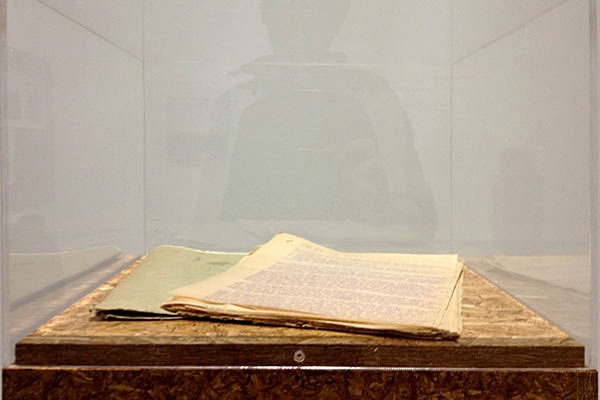 Exhibition view
Exhibition view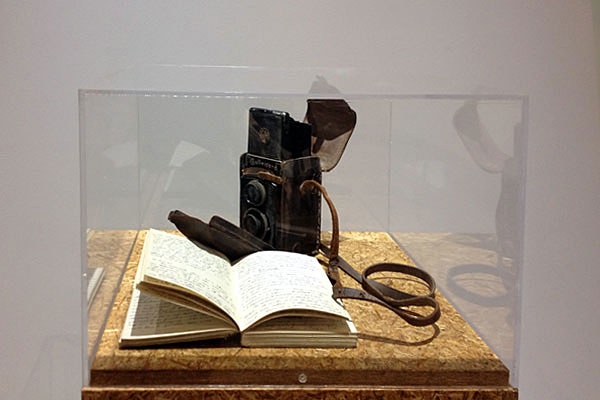 Exhibition view
Exhibition view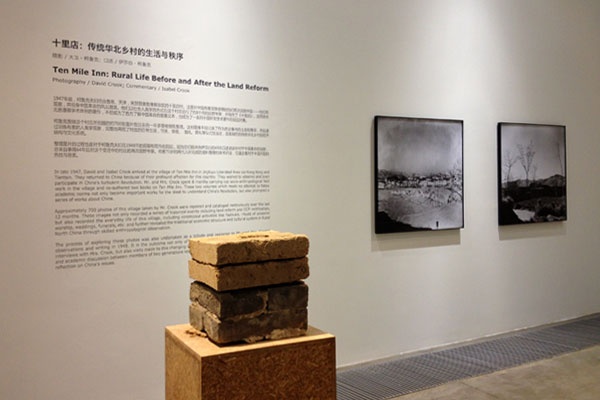 Exhibition view
Exhibition view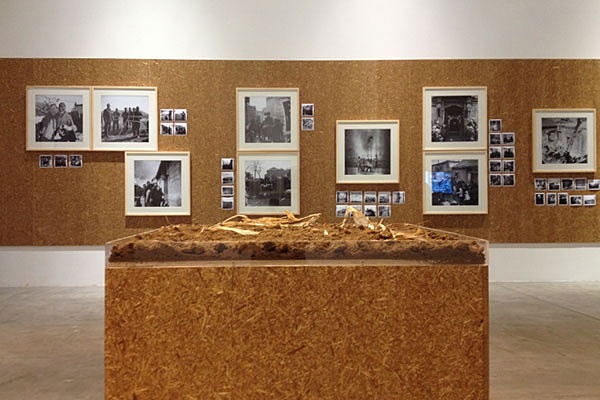 Exhibition view
Exhibition view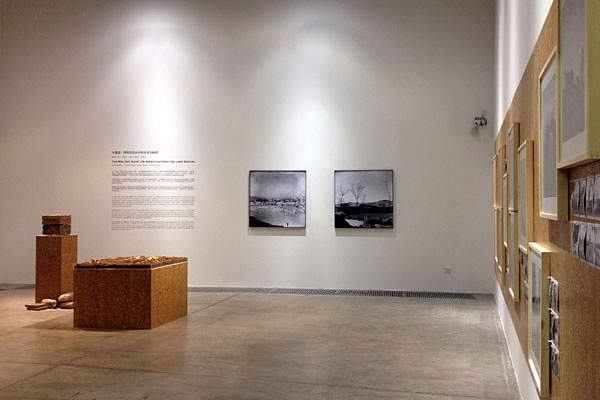 Exhibition view
Exhibition view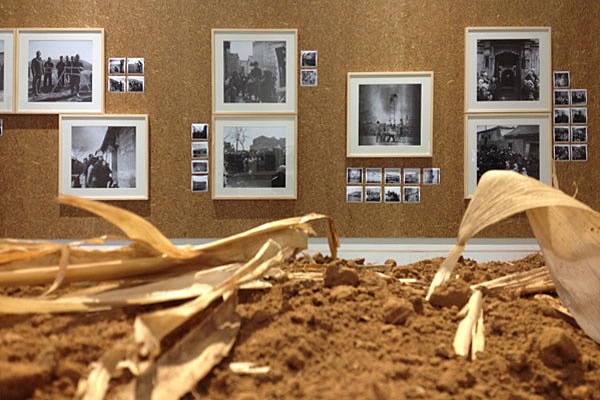 Exhibition view
Exhibition view





